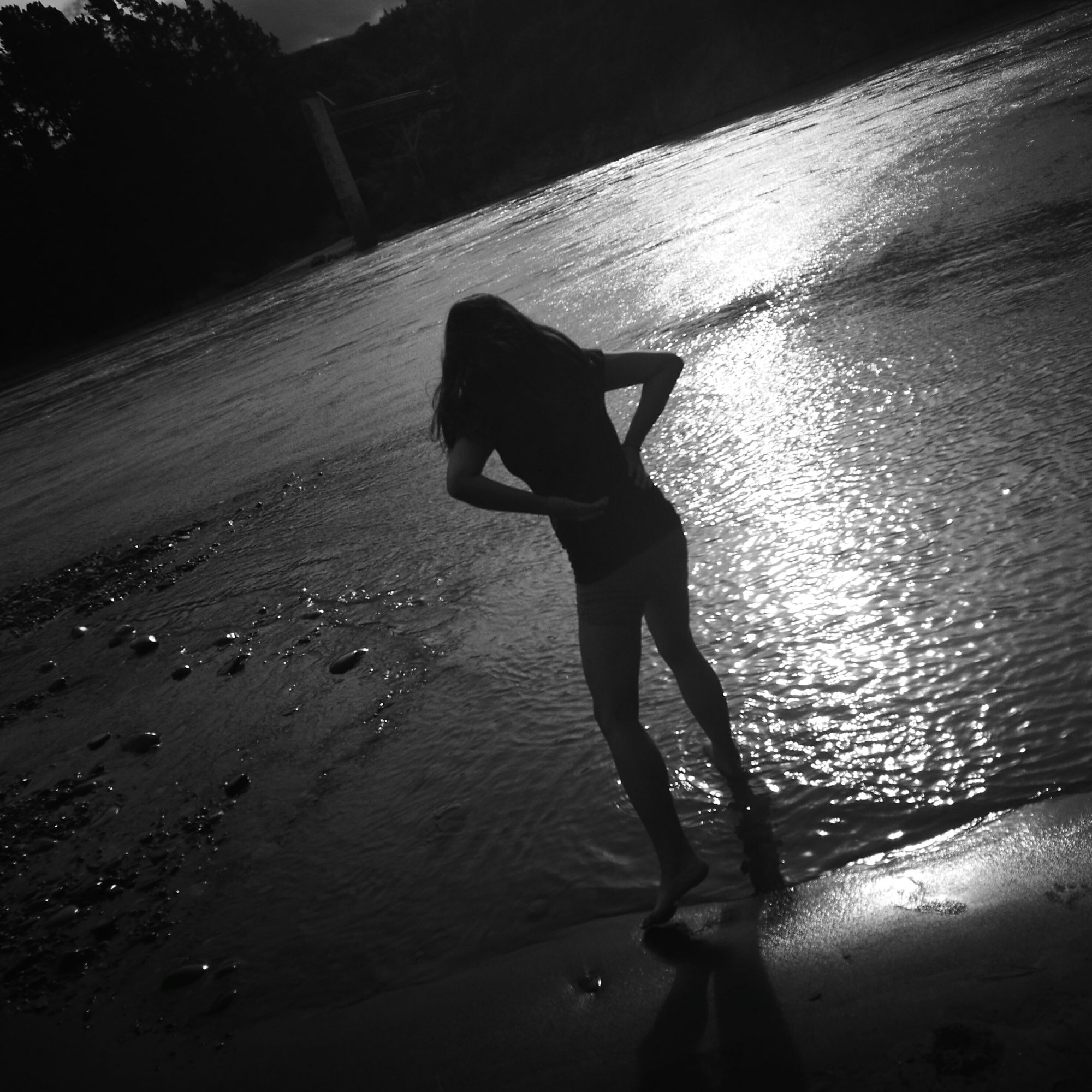Perched precariously on the bleachers, my heart pounding in rhythm with the game’s tension, I raised my camera to capture the inevitable: the game-winning shot. Did you ever find yourself in such a situation, the anticipated action within your lens ‘s reach but unsure how to capture that perfect action-packed shot? Here’s a surprising fact: With sports scenes, capturing that defining moment is a combination of skill and science, and could be mastered if understood properly.
A Depiction of Motion
But why sports photography, you might ask? Well, among the myriad genres of photography, sports photography is a lively dance where photographers are the choreographers. It’s where the swift meets subtlety, and freeze framing becomes the photographer’s supreme power.
Think about the satisfaction of capturing a soccer ball suspended mid-air, a split second before it sails into the net. Imagine the elegance of a gymnast’s fluid motion, frozen in time – a moment of triumph or defeat.
‘I don’t shoot what it looks like,’ famed sports photographer Walter Iooss Jr. once mused. ‘I shoot what it feels like.’ And that, friends, is the heart of sports photography. It’s not just about freezing the action on the field; it’s about capturing the essence of the sport and the mounting drama inherently woven into it.
Understanding the Mechanics
Sports photography hinges on an intricate blend of technical prowess and aesthetics—the former revolving significantly around the concept of the ‘Exposure Triangle Photography‘—and therein lies the crux of mastering this craft.
The Artist’s Canvas: Fast Shutter Speeds
Right off the bat, the main attraction in sports photography is speed. Consequently, fast shutter speeds become your trusted aide when you want to lock those blink-and-miss moments. Want that footballer frozen mid-leap, inches above the ground? A shutter speed of around 1/500th of a second or quicker is your go-to setting.
But remember, there’s no one-size-fits-all in the realm of photography. The same goes for shutter speeds. Want an artful blur, capturing the rush and thrill of the race? Slowing down that shutter speed might create the sensational blur you seek. The trick is finding a balance that suits your personal taste and the dynamic of the scene unfolding before your eyes.
Lighting and Exposure
The shimmering afternoon sun or the harsh stadium lights, illuminating the players’ faces during a night game, light plays an integral part in achieving optimal exposure. Remember, a well-exposed photo has the right blend of light and tone that can dictate the mood of the image. Light is the painter’s brush in the canvas of sports photography.
The Right Gear
‘It’s not the gear, it’s the person behind the camera‘, rings true to some extent. However, in sports photography, your gear significantly contributes to the images you produce. Different kinds of sports demand different types of equipment—telephoto lenses for distant shots and wider lenses for close-ups. So, while the craft is indeed more about the photographer than the camera, your gear will still play a pivotal role.
Planning and Positioning
Knowing the sport you’re photographing enables you to predict key moments, understand the ebb and flow of the game, and plan your shots accordingly. Additionally, positioning yourself at an optimal vantage point can be a game-changer. You can snag the best gear, master the techniques, but if you’re not in the right place at the right time, you’ll find capturing that ‘money shot’ to be an uphill battle.
The Artistry
Above any technique or gear, it’s the artistry, your vision, that sets the tone for sports photography. Framing the action, playing with light, knowing when to click the shutter, all these are part of the aesthetic decisions a sports photographer makes. It’s almost like a dance, isn’t it? Weighing the rhythm of the sport and marrying it with a simple click of the camera.
So, are you ready to dance with speed, dabble in the art of light and motion, and step up your photography game? Remember, every field is a stage, every game a story, and you, my friend, are the visual storyteller.


0 Comment